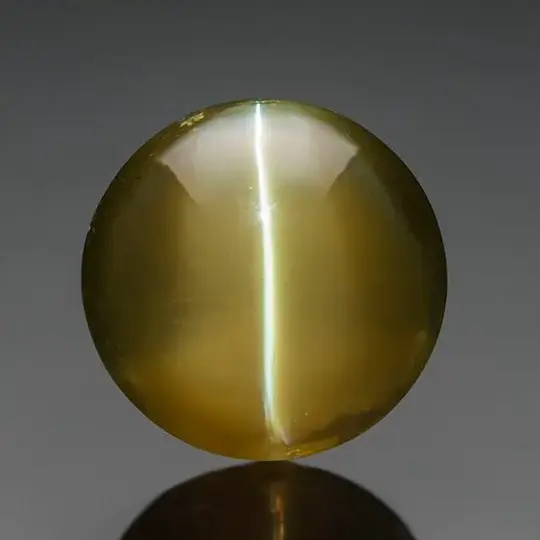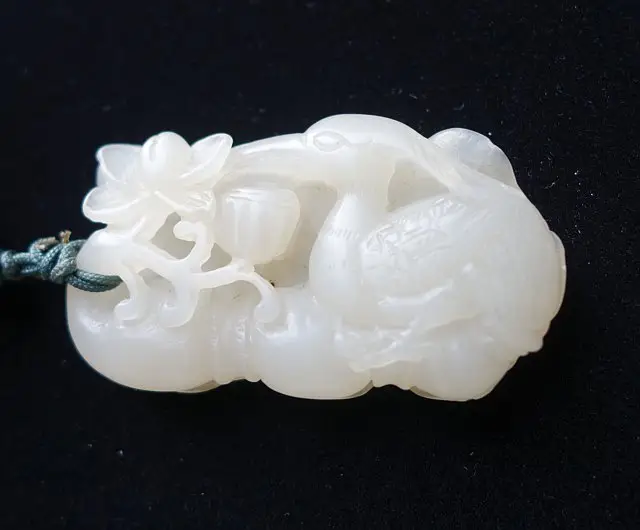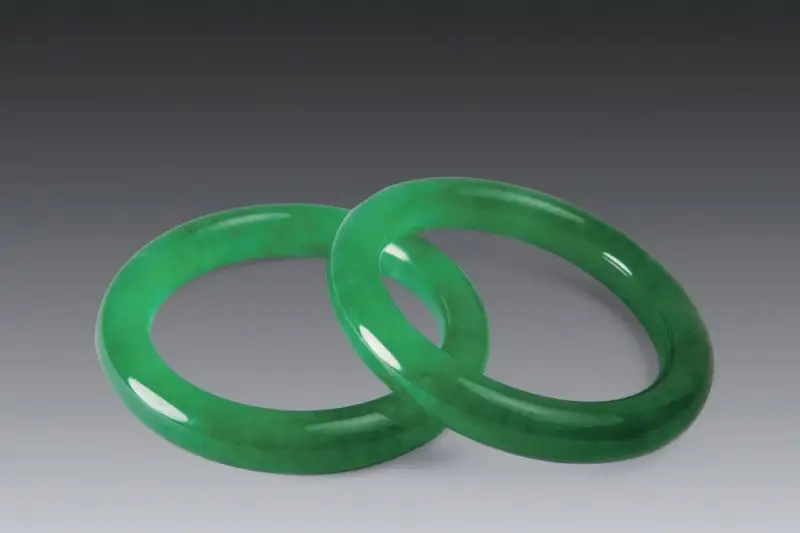Introduction
The term “cat’s eye” refers to gemstones that exhibit the chatoyancy effect. In fact, gemstones such as jade, quartz, beryl, tourmaline, apatite, sillimanite, scapolite, and diopside can also show the cat’s eye effect. However, by convention, only chrysoberyl cat’s eye is referred to solely as “cat’s eye.” For other gemstones, the specific type must be included in the name (e.g., quartz cat’s eye).
Chrysoberyl
- Crystal system: orthorhombic crystal system
- Hardness: 8.5
- Specific gravity: 3.71
- Luster: Vitreous luster
- Transparency: transparent, opaque, translucent
- Color: red-brown, yellow-green, golden yellow
- Refractive index: 1.74~1.75
- Birefringence: 0.009
- Fluorescence: None.
- Cleavage: incomplete, columnar
- Characteristics: high hardness, discoloration effect
Commercial Value of Chrysoberyl
Chrysoberyl typically exhibits a vitreous to subadamantine luster, with colors ranging from golden yellow to yellow-green, and even brownish-yellow. The yellow hue primarily comes from iron ions, while the presence of trace amounts of chromium can induce a color change effect. Chrysoberyl with this color-changing property is known as alexandrite, a rare and valuable gemstone. Alexandrite is famous for its striking color shift between green in daylight and red under incandescent light, which is the source of its name.
Chrysoberyl cat’s eye gemstones are most prized in deep yellowish-brown to honey-yellow colors. Typically, cat’s eye stones exhibit a white eye line, but if the eye line is golden, it is referred to in the industry as a “golden cat’s eye,” which is even rarer. When a gemstone displays both the cat’s eye effect and a color-changing phenomenon, it becomes the ultimate collector’s item, known as an “alexandrite cat’s eye.” Such gems are frequent stars in international jewelry auctions. The grading of alexandrite is primarily based on the degree and intensity of its color-change effect. The most valuable are those with a dramatic shift from bluish-green to purplish-red, typically sourced from Russia, while those from Sri Lanka exhibit a green-to-brownish-red color change.
The best way to observe the cat’s eye effect is by shining a penlight on the gemstone to check if its eye line meets the “straight, bright, sharp, fine, and active” criteria. If more than one light source is used simultaneously, the cat’s eye stone may display multiple eye lines. High-quality chrysoberyl cat’s eyes can be just as valuable as rubies, sapphires, or emeralds.



